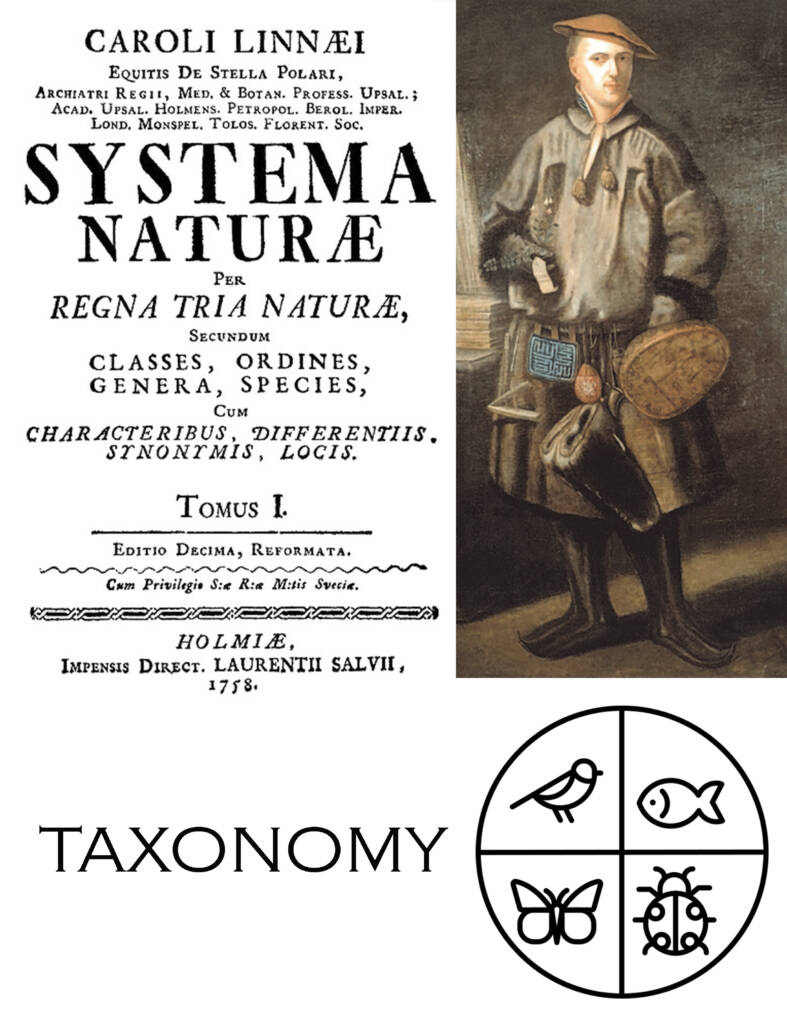
Taxonomy is a branch of science that involves identifying, classifying, naming and arranging living organisms into hierarchical groups based on common characteristics. The main purpose of taxonomy is to systematically describe the diversity of life and depict the evolutionary relationships between different species.
Taxonomy is the only reference system that is indispensable in the analysis of biodiversity; it requires scientific infrastructure, financial resources and the presence of scientists who are taxonomists. The number of taxonomists who will analyze biodiversity and species, both in the world and in our country, continues to decrease radically and the output of taxonomic research has slowed down. These trends are in sharp contrast to the increasing need for taxonomic information and services in our society, particularly for biodiversity assessment, ecosystem management, conservation, sustainable development, management of climate change impacts, and pest management.
One of the most important problems regarding biodiversity in the world is the danger of extinction of species before they are discovered and introduced to science. Taxonomy plays a vital role in structuring communication about all life forms on Earth. Correlating accurate organism names with genetic and genomic data underpins nearly every aspect of biomedical, agricultural, and ecological research. Accurate taxonomy is an important link between natural history and experimental science and is essential for investigating events relevant to human well-being, such as the emergence of pathogens, the spread of invasive species, loss of biodiversity, and climate change.
The binomial nomenclature is considered to be the year 1758, when the 10th edition of the famous work "Systema Nature" by the Swedish naturalist Professor Carl Linnaeus was published. From this date until today, taxonomists have determined the existence of approximately 2 million species including fossil record that have been identified in the world for more than 250 years, and they emphasize that there may be more than 8 million species yet to be discovered, and that a period of 1000 years is needed for the detection and analysis of these species. Many new species are waiting to be discovered in our country.


